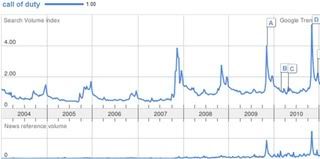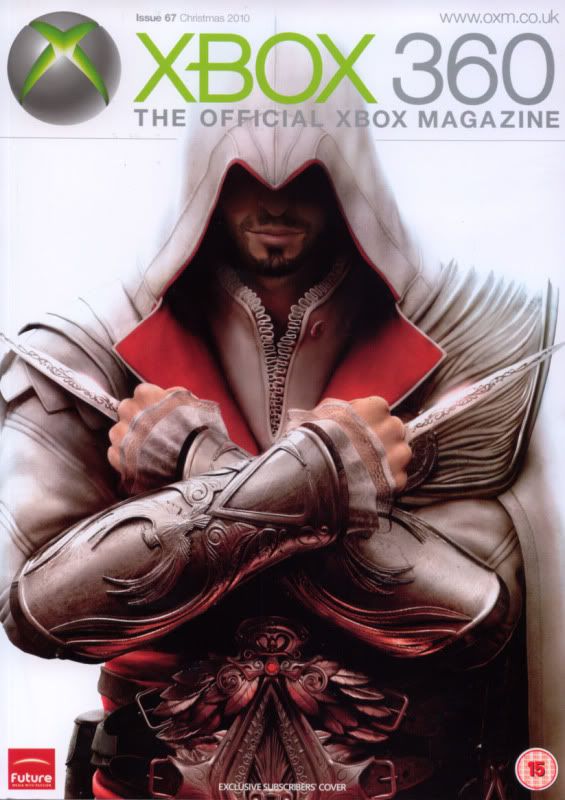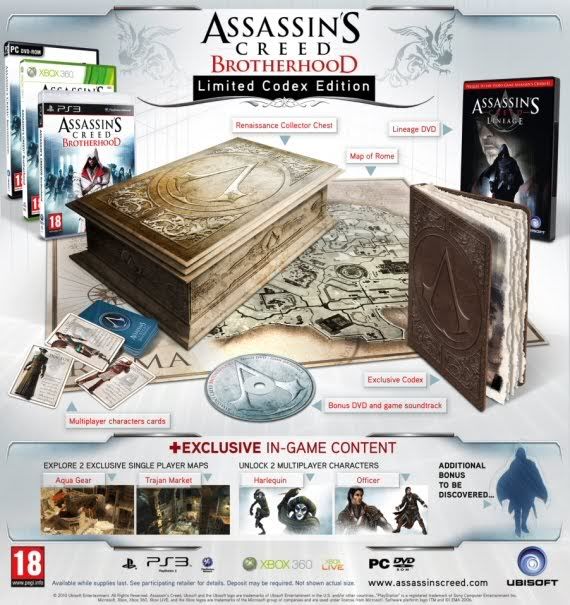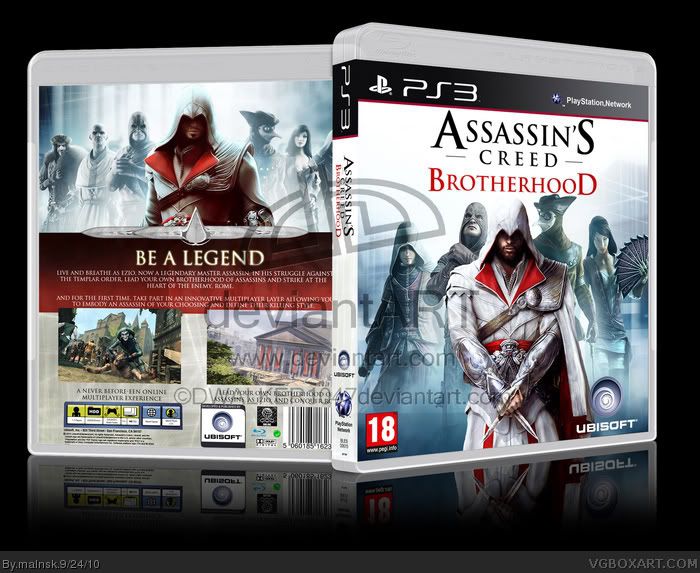In what ways does your media product use, develop or challenge forms and conventions of real media products?
In terms of using and developing key and existing media conventions within video game advertisement, I have incorporated logos and well recognisable development and publishing corporations in order to attract a larger audience for my release. This mechanic often works in all genres of media advertisement and tends to appeal to specific target members of audiences who may be more enticed by one thing over another. For example, gamers who aren’t particularly into survival horror video games may find themselves persuaded to buy it as they see that Valve have developed it, as they are famous for making top quality games with impressive graphics and an atmospheric narrative (e.g. Half Life, Left 4 Dead). I haven’t done so much in the ways of challenging the genre and media conventions as the industry of gaming is fairly new and with its constant prolific nature, anything out of the mainstream stereotype will either not be seen or discarded instantly. Perhaps one of the only ways I have challenged the genre is because I had to use live action actors instead of computer graphics to create it.
How effective is the combination of your main product and ancillary texts?
By using recognisable graphics and continuous themes, such as the images and title fonts, the final pieces all run simultaneously very successfully. The two printed advertisements just the same main graphic and the same placement of titles and images, also I have repeated the same memorable quote from an influential source. The two trailers however are both similar and different, in the sense of the emotion they portray through music and editing, as well as the length of the trailers and the cuts within them. The longer trailer was intended to be more dynamic and cinematic, portraying more of the story and emotional connection, whereas the shorter version was more about the action and thrill within the game play. The 2 songs I used presented these ideas and conflicting needs perfectly I feel.
How have you created a brand?
The creation of a brand is to design and release something that can be easily recognisable and have a following, so in this sense I feel I have made a brand that can easily be accepted into the materialistic world of consumerism. Though the concept of the game have been done many times before, this new approach of co-operation as well as sandbox roaming freedom will stand my game out over other competitors. The title and its font design can be recalled and spotted in advertisements and it’s box art so anybody looking specifically for the title, will be instantly reminded of it. In order to give it an effect of mystery and something to catch the reader’s eye, I loved the use of a man I involved into my title graphic/font, where the iconography of a man hanging from a noose is used as the beginning structure of the letter ‘D’. This on its own can aid the viewer to depict the game genre instantly as terror and horror semiotically.
What have you learned from your audience feedback?
The audience feedback was particularly helpful as I was alone whilst creating all my work, so an outside view was much appreciated. They gave the impression I wanted, that of comical value with a mixture of fear and terror, and some even commented on my camera angles, techniques and perspective which I was very pleased about as these are all done intentionally. Some gave some really interesting points about editing and tips on how my work could have been improved, and I would consider each one if I had more time to incorporate their criticisms into my final piece.
How did you use media technologies in the construction and research, planning and evaluation stages?
Construction:
This is where I would say I used the most media technology as the production of each trailer was done on Premiere Pro editing software, and some of the music and video clips were put through converters online in order for them to work correctly within the cut. All the print advertisements were created on Paint for smaller detail (such as creating the image of the hanging man) and then placed together and minutely edited in Adobe Photoshop. Whilst I was in the process of filming, I created daily video blogs of myself talking about each day’s work process, my aims for the next day and how I felt I could have improved myself and my production. Overall, it has greatly helped me to write my conclusion and remember some points of discussion I would otherwise have forgotten. These were only minimally edited within Windows Movie Maker with the addition of photographs I took over the production days as well.
Research:
Most of my research was conducted on the internet, using Google Images as a main source for both inspiration and case study, but most of my own knowledge came from previous understanding of video games by either playing them or learning about them on the internet or in books and magazines.
Planning:
All of my planning and research work can be seen up on my blog (www.charlottehodsona2.blogspot.com) where I constantly updated any new ideas, new research and final evaluation of each element I worked on. Anything done by hand, sketched or drawn was scanned in and embed into the blog as well. A lot of my work was stored and taken with me on an external hard drive, so I can access my work whenever I was near a PC and had a moment of inspiration.
Evaluation:
The beginning areas of my evaluation took place on YouTube where I sent links to people within my target audience and class to watch my final trailers and leave feedback and criticisms for further improvement. My final evaluation and conclusion, much like all blog posts, was then put through a word processor and pasted up onto the blog as this was the outlet for all of my coursework to be displayed.























